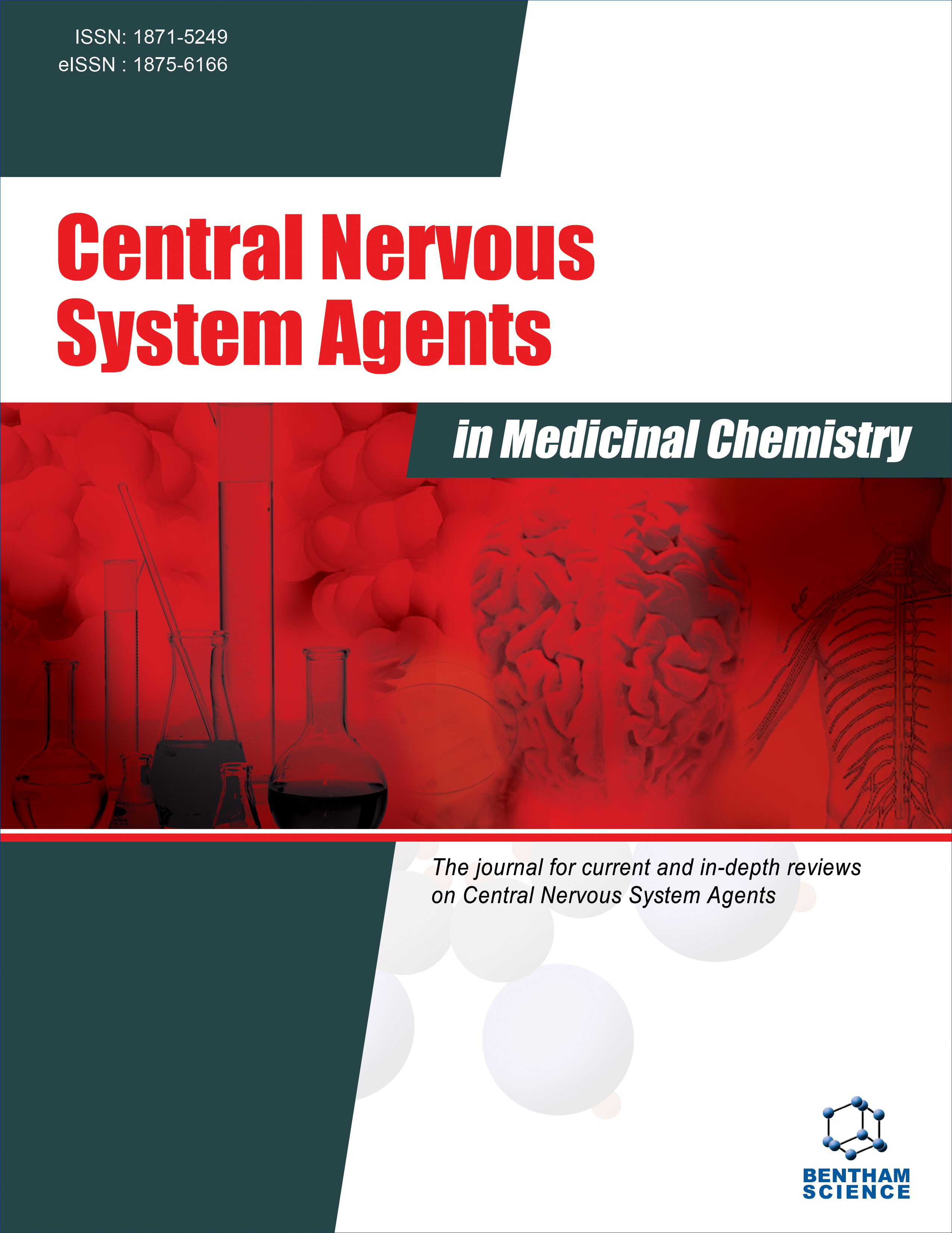-
oa Editorial [Hot Topic: Recent Advances in Stroke: Molecular Mechanisms, Approaches, and Treatments (Guest Editor: Xin Wang)]
- Source: Central Nervous System Agents in Medicinal Chemistry (Formerly Current Medicinal Chemistry - Central Nervous System Agents), Volume 11, Issue 2, Jun 2011, p. 80 - 80
-
- 01 Jun 2011
- Previous Article
- Table of Contents
- Next Article
Abstract
Stroke, either ischemic or hemorrhagic, is the leading cause of adult disability and the second leading cause of death worldwide. According to The World Stroke Organization, one in six people alive today will at some time have a stroke, and every six seconds someone somewhere will die from a stroke. Therefore, the fight against stroke has been put at the top of the global health agenda, and having up-to-date information is crucial. In this thematic issue devoted to the hot topic “Recent Advances in Stroke: Molecular Mechanisms, Approaches, and Treatments,” the expert authors provide a state-of-the-art update on a variety of aspects of stroke including relevant approaches, treatments, biological models, and molecular mechanisms. In addition, a discussion is provided of clinical trials of potential central nervous system agents as well as current usage of imaging techniques including magnetic resonance imaging and computed tomography. First, Dr. Wang and coworkers give an update on central nervous system neuroprotective agents, focusing on those that counteract apoptosis, inflammation, and oxidation, as well as glutamate inhibitors. They report on studies of ischemic stroke in experimental animals in vivo, organotypic/acute brain slices ex vivo, and cell cultures in vitro. Dr. Jordan et al. present interesting insights into mitochondrial participation in ischemic neuronal death and discuss the potential benefit of the mitochondrial modulator agent minocycline in ischemic stroke. With the aim of bringing attention to the possibility of targeting toll-like receptors for stroke drug development, Drs. Hara and Hamanaka discuss the recent reports concerning the association of Toll-like receptors with cerebral ischemia. Ras family small GTPases are activated following ischemic stroke to become critical regulators; thus they are also potential therapeutic targets in supporting neuronal recovery. Dr. Shi and colleagues explore the contribution of Ras family GTPases to neuroprotective signaling cascades in ischemic stroke. Histone deacetylases are not only promising targets for therapeutic intervention in ischemic stroke, but may also play important roles in hemorrhagic stroke. Dr. Dong and coworkers review recent observations from application of histone deacetylase inhibitors to combat the effects of ischemic and hemorrhagic stroke. Dr. Thiex outlines the identification of desmoteplase, a highly fibrin-selective plasminogen activator with high fibrinolytic potential, as a novel candidate in fibrinolytic therapy for intracerebral hemorrhage. The wide variety of approaches to the treatment of stroke also includes adult stem cell transplantation. Dr. Zhou presents a ground-breaking therapeutic strategy for stroke using mesenchymal stem cells, which have the potential to differentiate into both neural stem cells and neurons. Finally, Dr. Giffard and coworkers provide a thorough overview of the current literature on astrocytes as targets for neuroprotection in stroke; they outline the essential functions of astrocytes (both protective of and threatening to neurons) and discuss how manipulating these functions provides a novel and important strategy to enhance neuronal survival and improve outcomes following stroke. We hope that this hot-topic issue on stroke will be a highly useful resource for basic researchers, medicinal chemists, clinicians, and students around the world.


